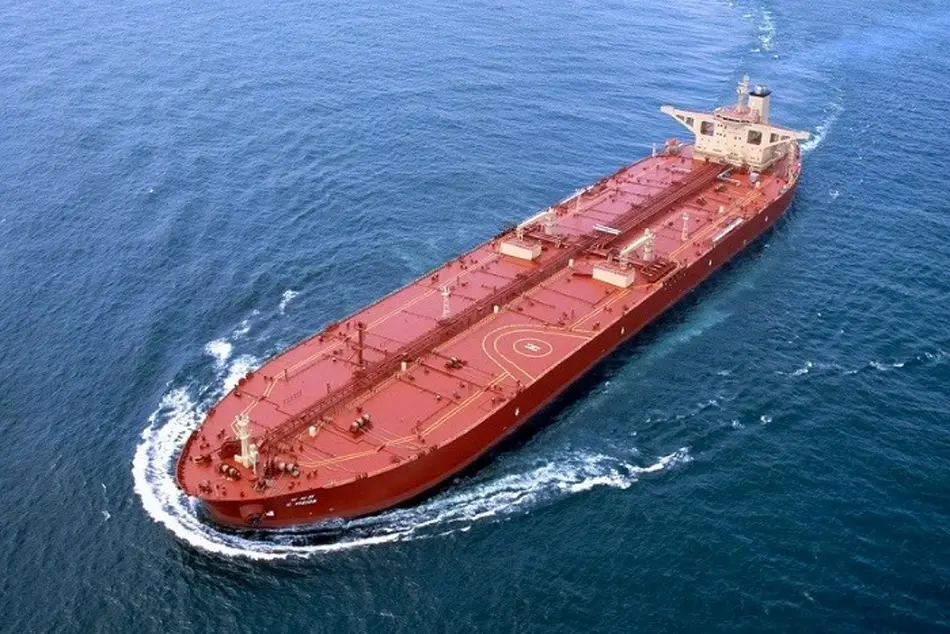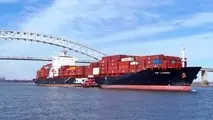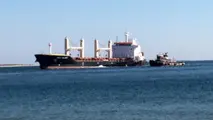VLCC Tanker Market Looking to Gain More Positive Momentum, Despite Weekly Drop in Fixtures

Stagnation was the “name of the game” for the VLCC tanker market this past week, but according to shipbroker Charles R. Weber and tanker market specialist, the current fundamentals support further rises in the near future. In its latest weekly report, CR Weber said that “VLCC rates were largely stagnant this week with no clear immediate near‐term direction amid a slowing of Middle East demand between the November program’s second and third decades against a sustaining of elevated demand in the West Africa market. The Middle East market observed 25 fixtures, representing a 32% w/w decline while the West Africa market was unchanged with nine fixtures. One fixture for loading in North Africa contributed to draws on Middle East positions. Elsewhere, the Atlantic Americas market was markedly slower with three fixtures materializing, as compared with last week’s eight”.
According to CR Weber, “fundamentals continue to point to a near‐term strengthening of rates. The November Middle East program is progressing with m/m demand strength with the first two decades collectively yielding 8% more cargo volume. Simultaneously, draws on Middle East tonnage to the Atlantic basin are up 14%. Availability replenishment, meanwhile, has declined due to an earlier surge in demand in the Atlantic Americas that drew units away from the Middle East on to trades that consume the performing units for substantially longer than traditional AG‐FEAST runs. Additionally, the number of idle units (including those engaged in storage, undertaking maintenance, servicing STSs, etc.) has risen by 40% to 28 units over the past two months. Accordingly, the November Middle East program appears likely to conclude with just eight surplus positions, off 43% m/m – or the fewest since the December 2016 program. On this basis, we expect further directional gains to materialize during the coming weeks, with timing thereof dictated by the timing of charterers’ progression in earnest into November’s final decade”.
In the Middle East, Weber said that rates on the AG‐JPN route concluded unchanged at ws70. Corresponding TCEs were off 1% to ~$32,821/day on higher bunker prices. Rates to the USG via the Cape were unchanged at ws29. Triangulated AG‐USG/CBS‐SPORE/AG TCEs rose by 2% to ~$33,689/day. In the Atlantic Basin
Rates in the West Africa market modestly softer on the slower pace demand in the Middle East market. The WAFR‐FEAST route concluded with a loss of 0.5 point to ws72. Corresponding TCEs were off 4% to ~$32,333/day. Rates in the Atlantic Americas were stronger on forward sentiment. The CBS‐SPORE route gained $200k to conclude at $4.60m lump sum.
Meanwhile, in the Suezmax market, “the West Africa market was slower this week, leading rates off of recent highs. There were nine fixtures, representing a 44% w/w decline. Meanwhile, heavy recent VLCC demand in the region implies lower cargo Suezmax availability as charterers move forward on coverage dates, leading to further rate losses. The WAFR‐UKC route shed 7.5 points to conclude at ws90. In the Caribbean market, rates were also moderately softer on an easing of regional demand and an absence of fresh US crude export fixtures. Rates on the CBS‐USG route shed 2.5 points to ws85. A considerable and expanding freight discount on regional Aframaxes, together with souring sentiment in the West Africa market, will likely lead to further near‐term rate losses, failing a surge in demand for long‐haul voyages. Elsewhere, the Middle East market was markedly slower with the regional fixture tally off by two‐thirds to a seven‐week low of just five fixture. Rates were stable on the back of largely unchanged VLCC rates, but the demand losses could push more tonnage into the West Africa market”, the shipbroker concluded.


